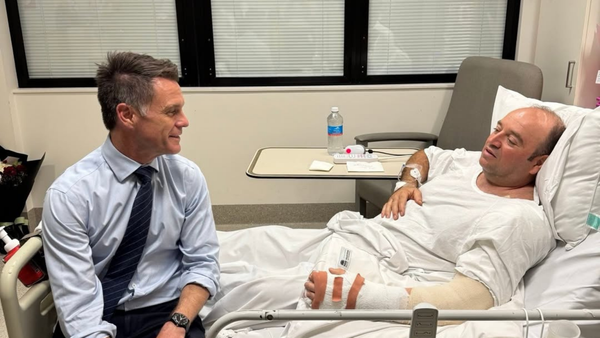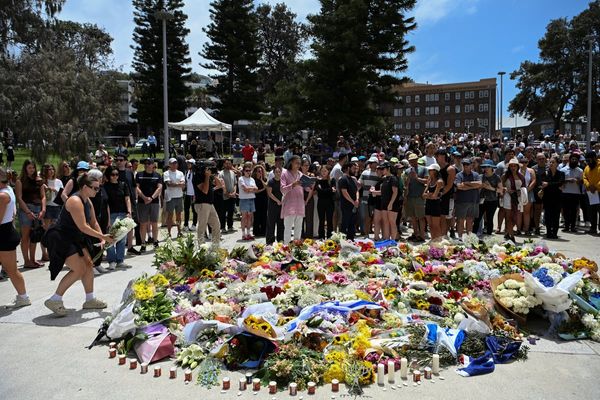
Released 50 years ago, Physical Graffiti isn’t part of the rock continuum. It didn’t especially pave the way for anything, but it isn’t a mere marker of its era. It hasn’t dated. It’s outside of the rock timeline, a gigantic, impermeable, orbital black achievement, which has intensified with age.
Certainly, that’s the verdict on the first disc of the original double album. The second disc is less mountainous, ranging from the wistful acoustic fragment of Bron-Y-Aur to the saloon bar knees-up Boogie With Stu featuring Rolling Stones piano player Ian Stewart.
Its momentousness is very much frontloaded. In My Time Of Dying is the blackest of blues, conveyed in the jet-slide scrawls of Jimmy Page’s guitar as Robert Plant conveys mounting anxiety as the moment of meeting his maker approaches.
Trampled Underfoot, driven by John Paul Jones’s electric keyboards, sets a vicious new boogie benchmark, while Kashmir is a magisterial caravan procession eastward, anticipating world musics yet to come. Sequentially, it perhaps should have been the last track on the album, the ultimate expression of Zeppelin’s heaviness and light.
The additional tracks (the same as 2015’s Deluxe Edition) do not add a great deal. Brandy And Coke, an early version of Trampled Underfoot, is very close to the original in terms of vocals and keyboards. All that’s lacking is Page’s overlaid, arcing guitar lightworks. Ditto the rough mix of In My Time Of Dying, only 20 seconds shorter than the album version, just lacking a couple of slide interventions. Everybody Makes It Through, an early sketch for In The Light, does differ, however, with its sketchy keyboard outline.
As for the live EP, a 1975 Earls Court version of In My Time Of Dying misses those impossible-to-achieve-outside-the-studio diving slides during the solo sections, but does feature a nice ‘dying’ moment. Trampled Underfoot, from the same gig, is dominated by Page’s guitars. Two 1979 Knebworth recordings, slicker, fuller than the 1975 ones, are dominated John Bonham’s pulverising percussion, first on Sick Again and then Kashmir, practically breaking through the audio screen with his power, so ironically few months away from his own time of dying.







